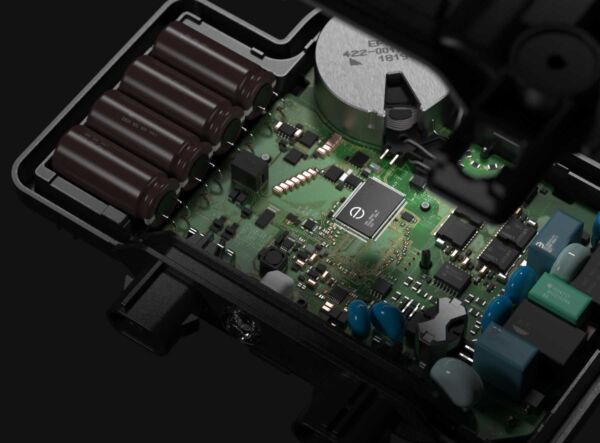Enphase Energy: New inverter standard offers opportunity as it lays the future-proof foundation for a solar-rich grid
 By Justin Cohen, Marketing Manager APAC · Enphase Energy
By Justin Cohen, Marketing Manager APAC · Enphase Energy
Some popular inverter models are likely to disappear from the Australian market this year as a new Australian Standard for solar photovoltaic (PV) and battery storage inverter performance comes into force from December.
The updated AS/NZS 4777.2:2020 standard is based on the latest international benchmarks that improve electrical safety and reliability of inverters. The standard has almost doubled in size (at 143 pages) with significant changes through additional or restructured clauses.
The main goal of the new standard is to improve electricity grid security and address power quality concerns. As Australia’s solar generation capacity increases, electricity network operators are struggling to keep grids stable due to the intermittency of distributed solar energy contribution and aging infrastructure.
The new standard mandates inverter capabilities that address these problems by implementing power quality response modes and fault ride through abilities. To future proof the standard, it even applies to electric vehicles exporting energy to the grid.
Not all solar inverters are the same
While “smart” solar inverters such as Enphase microinverters have been available in Australia for years, the current 2015 standard still allows basic solar inverters to be installed that can hinder rather than help the grid.
Both electricity distribution companies and PV system owners are paying a high price for this wide gap in performance, safety, and reliability between “smart” and “basic” inverters. The new standard highlights the large gap in current inverter technology between “smart” inverters and “dumb” inverters.
While the new standard primarily affects inverter manufacturers, understanding the changes is important for solar PV installers but also the broader electrical industry that may be required to work with systems.
Firstly, from the 18th of December 2021, all new inverters in Australia and New Zealand will need to be certified to this new standard. Inverters that do not comply with the new standard will no longer be approved for installation.
Secondly, the new standard raises the bar and will only allow better performing and more reliable inverters to be installed. This can only be good for an industry where quality over churn will better ensure its long-term viability.
Thirdly, inverters are now to be pre-configured for specific regions “out of the box” simplifying the configuration for professionals who design and install systems. Importantly, this will also benefit the electricity grid through better consistency and the system owner with better performance.
Closing the current large gap in inverter technology will also make solar PV systems safer, which is important for installers, both operationally and reputationally.
Smarter inverters mean better grid support
As solar PV has come of age as a significant energy source in Australia during the past decade, the new standard will enforce the grid support required to build reliability into networks as the percentage of PV solar generation continues to increase.
It does this by requiring updated inverter setpoints to enable a staggered response to transmission-level events, so inverter systems can stay connected to the grid in these cases, and to adequately protect distribution networks from islanding. The updated setpoints are defined by the following regions:
- Australia A: For large interconnected power systems, e.g. the National Energy Market (NEM).
- Australia B: For small interconnected power systems, e.g. the South West Interconnected System (SWIS) in Western Australia.
- Australia C: For isolated or remote power systems (e.g., Horizon Power in Western Australia and Tasmania).
- New Zealand: All systems in New Zealand.
As well as improving the network’s capacity to host distributed energy resources, “smart” inverters will benefit home PV system owners by applying graduated limits to energy exports, as opposed to the “all or nothing” that basic inverters provide. This flexibility will maximise the solar credits available from exports, even during periods of high solar generation.
Pre-configured “smart” inverters also provide solar professionals with a stronger sales message than one based on just price. The richer functionality of a “smart” inverter allows an installer to explain that the capital cost of a system is offset by its sustained return on investment (ROI), delivering more value to the customer and establishing a successful long-term relationship.
This can also open a discussion of how to maximise the system life through preventative maintenance programs, which creates additional revenue opportunities.
The most important message about AS/NZS 4777.2:2020 is that it lays the foundation for an inevitably solar-rich electricity grid, so making it work for you is the key to future success. You can buy the new standard from SAI Global.
Master Electricians have unlimited free access to the MEA Technical and Safety support teams. Just one of the many benefits of being a Master Electrician. Call 1300 889 198 to find out more.